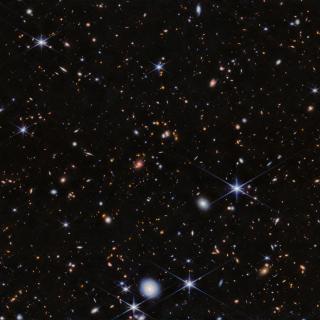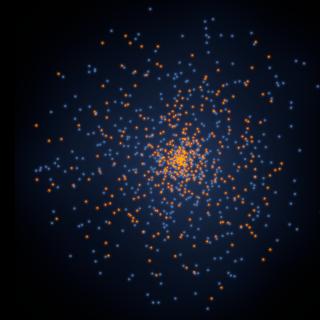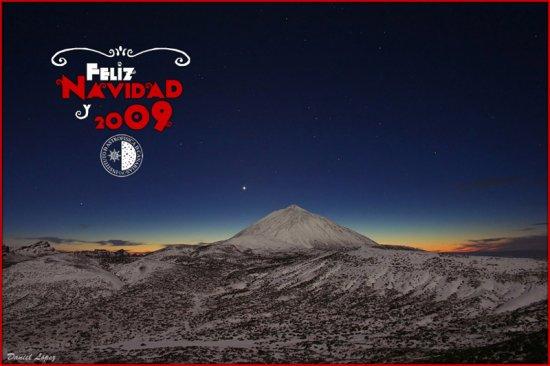It may interest you
-
 A team of researchers from the Instituto de Astrofísica de Canarias (IAC), collaborating with other international institutions, has managed to find new galaxies in the Spiderweb protocluster. This was possible thanks to the James Webb Space Telescope, which is a project of the space agencies of the United States (NASA), Europe (ESA) and Canada (CSA). Exploring the populations of galaxies, and discovering their physical properties in large scale structures helps astronomers to understand galaxy formation and how their assembly is determined by their environment. The “ Spiderweb” protoclusterAdvertised on
A team of researchers from the Instituto de Astrofísica de Canarias (IAC), collaborating with other international institutions, has managed to find new galaxies in the Spiderweb protocluster. This was possible thanks to the James Webb Space Telescope, which is a project of the space agencies of the United States (NASA), Europe (ESA) and Canada (CSA). Exploring the populations of galaxies, and discovering their physical properties in large scale structures helps astronomers to understand galaxy formation and how their assembly is determined by their environment. The “ Spiderweb” protoclusterAdvertised on -
 Gravity has shaped our cosmos. Its attractive influence turned tiny differences in the amount of matter present in the early universe into the sprawling strands of galaxies we see today. A new study using data from the Dark Energy Spectroscopic Instrument (DESI) has traced how this cosmic structure grew over the past 11 billion years, providing the most precise test to date of gravity at very large scales. DESI is an international collaboration of more than 900 researchers, included the Instituto de Astrofísica de Canarias (IAC), from over 70 institutions around the world and is managed byAdvertised on
Gravity has shaped our cosmos. Its attractive influence turned tiny differences in the amount of matter present in the early universe into the sprawling strands of galaxies we see today. A new study using data from the Dark Energy Spectroscopic Instrument (DESI) has traced how this cosmic structure grew over the past 11 billion years, providing the most precise test to date of gravity at very large scales. DESI is an international collaboration of more than 900 researchers, included the Instituto de Astrofísica de Canarias (IAC), from over 70 institutions around the world and is managed byAdvertised on -
 The existence of dark matter is likely one of the most perplexing problems facing the scientific community, and unraveling its nature has become one of the primary goals of modern physics. In simple terms, we do not know what dark matter is made of, despite accounting for 85% of all the matter in the Universe. A study led by the Instituto de Astrofísica de Canarias concludes that dark matter does not behave as described by the dominant paradigm, which states that dark matter particles only interact with each other and with ordinary matter through gravity. The IAC study reveals that darkAdvertised on
The existence of dark matter is likely one of the most perplexing problems facing the scientific community, and unraveling its nature has become one of the primary goals of modern physics. In simple terms, we do not know what dark matter is made of, despite accounting for 85% of all the matter in the Universe. A study led by the Instituto de Astrofísica de Canarias concludes that dark matter does not behave as described by the dominant paradigm, which states that dark matter particles only interact with each other and with ordinary matter through gravity. The IAC study reveals that darkAdvertised on
